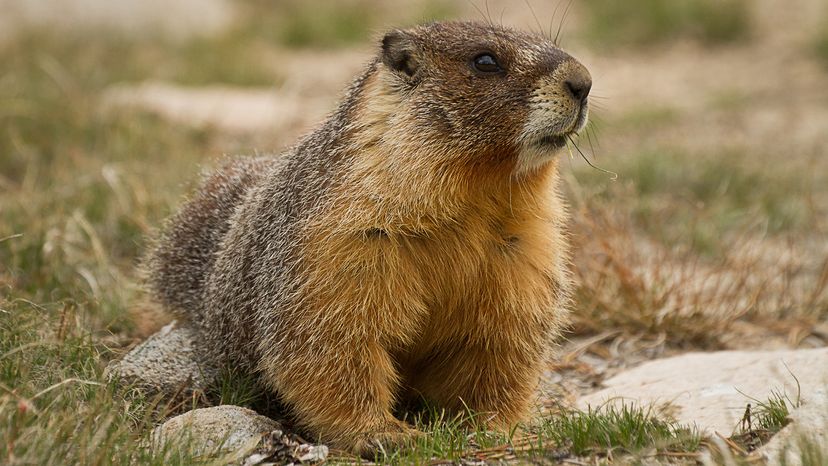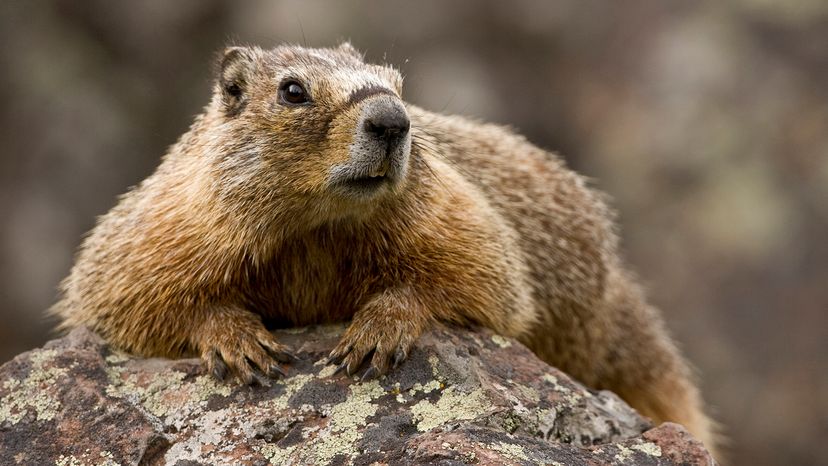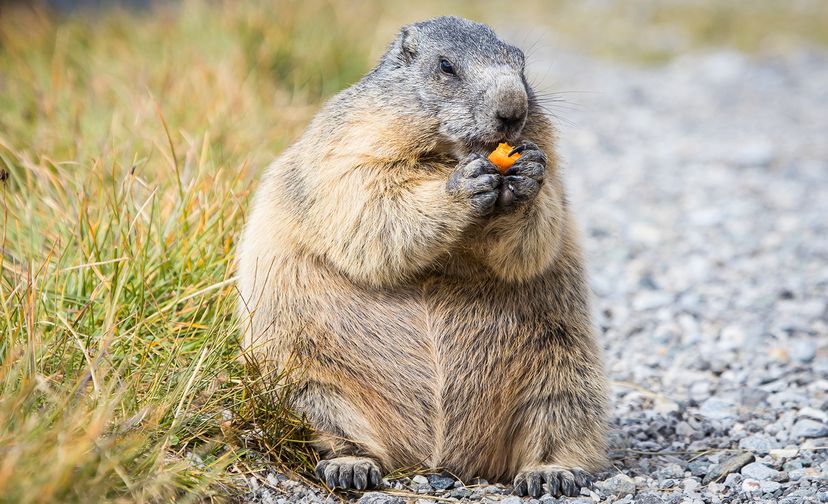
Ah, the great marmot vs. groundhog distinction. These two burrowing, chubby members of the squirrel family that are often mistaken for the same animal.
But hold on! While they might look alike, they are actually distinct species with unique behaviors, habitats, and adaptations. If you've ever wondered whether Punxsutawney Phil has a long-lost cousin in the Rocky Mountains, you're in for a treat.
Advertisement
Marmots and groundhogs belong to the rodent family and share traits with other ground squirrels, including their love for digging and their seasonal cycles. But not all marmots are groundhogs, and their differences become clearer when you look at where they live, how they survive the winter and what they do when they're not snoozing underground.

